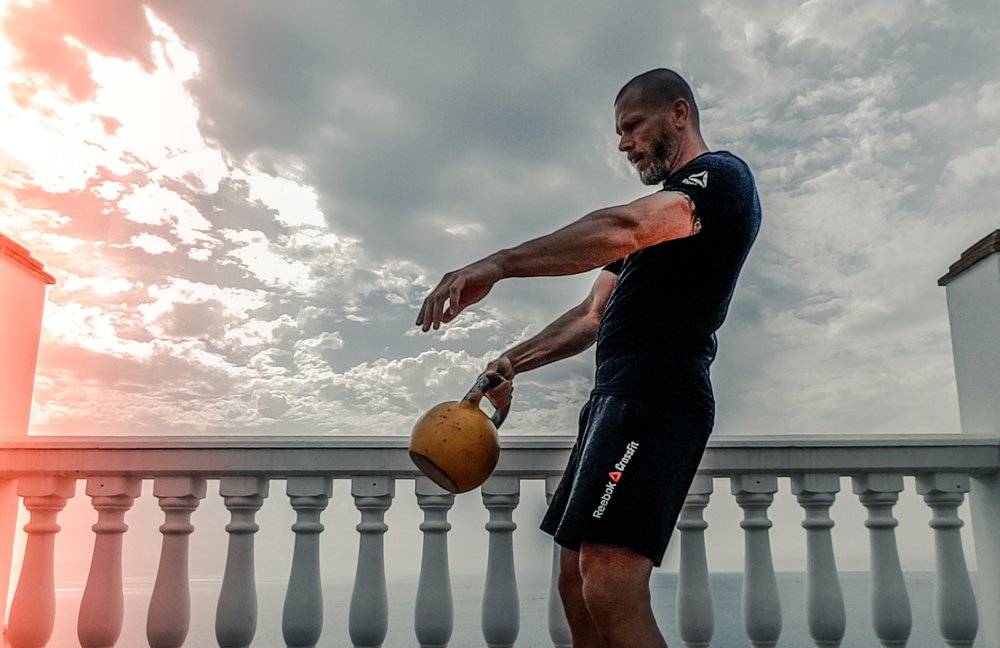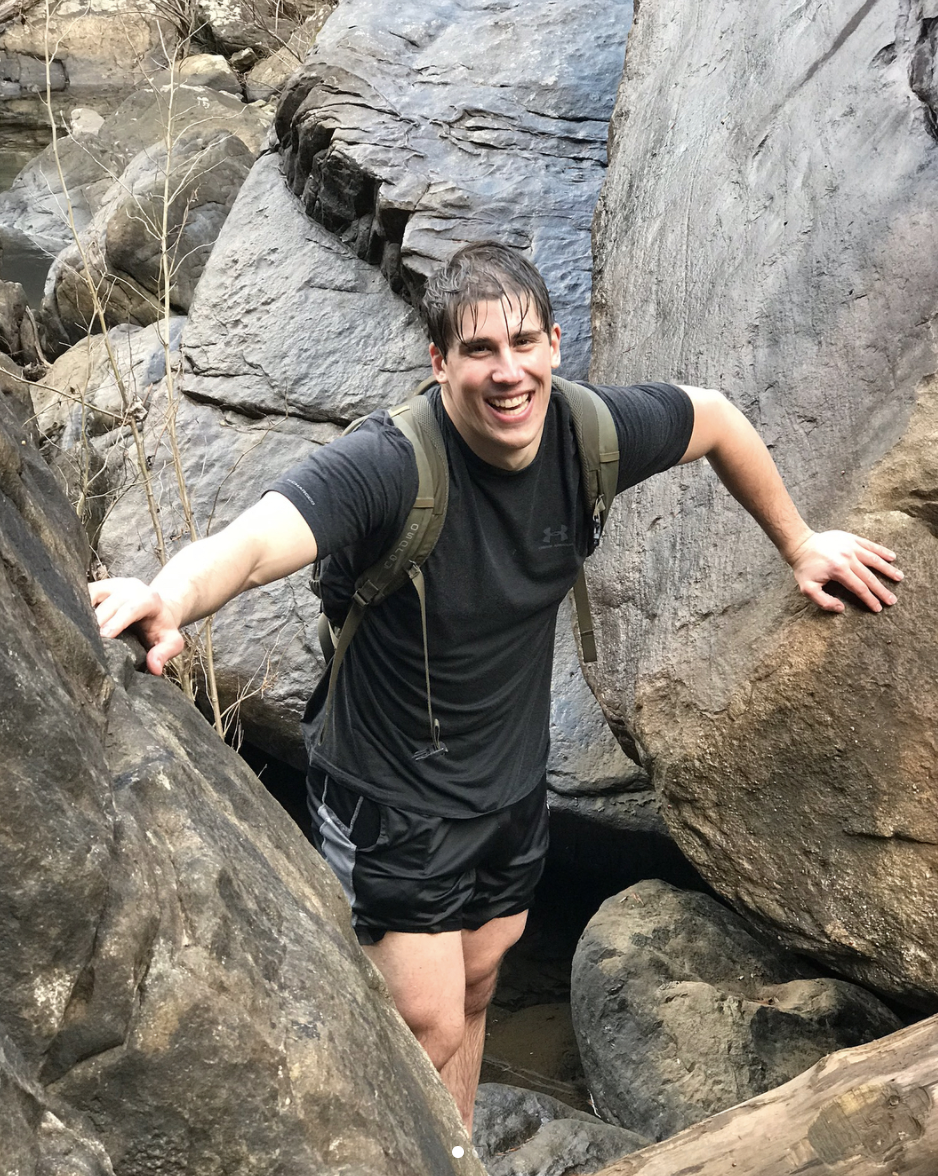4 Essential Glute Exercises that Guarantee a Firm, Sculpted Booty
Gone are the days where the most popular pants didn’t make your butt look big. Today, strong, firm, sculpted glutes are a highly sought after goal, and likely the reason you’re reading this article. You’ve been trying for ages to get a booty, yet you can’t seem to make any progress in that area. You’re not alone; unfortunately most who try to achieve this result never see any significant progress and there are three major reasons why this is the case:
Reason #1: You do Lower Body Exercises that do not Directly Target the Glutes
In order for a muscle grow, it has to be targeted and trained directly. Many people believe that compound lower body exercises such as squats, deadlifts and lunges will target and sculpt their glutes in addition to their quadriceps and hamstrings. While the glutes are involved to some degree in all of these exercises, they are never directly targeted by them due to the fact that the primary muscles that are stimulated are the quadriceps and hamstrings. This limits the development and growth of the glutes; some people will undoubtedly see glute development by just focusing on squat, deadlift and lunge variations but, let’s face it, you wouldn’t be reading this article if you were one of those people.
Reason #2: You do Direct Glute Exercises that Can’t be Progressively Overloaded
Progressive overload is the gradual increase in stress placed on the body during exercise in order to continually make gains in muscle size, strength, and endurance. Not only do you have to directly target and train a muscle to make it grow, you also have to constantly make it work harder than it’s used to. The easiest way to do this is to increase the weight or reps on an exercise every single time you do a workout. Doing this will ensure muscular growth and development long term because it forces your body to develop new muscle to handle the increased demands of the exercise.
In order to directly target your glutes, you likely use glute kickback variations and floor bridges. Although these exercises will cause glute development, it will only occur for a very short period of time due to the fact that these exercises can’t be subjected to progressive overload to a significant extent; it is highly impractical to subject yourself to glute kickbacks with fifty pound ankle weights for example. Because of this, the body has no reason to keep building muscle and progress with these exercises will eventually slow down and stop altogether minimizing your results.
Reason #3: You Don’t do Sets with Heavy Weight for High Reps
Even when the glutes are trained properly, many times people will stick with light weights due to intimidation or the fear that heavy weight will make them “bulky”. This is a big mistake! Lighter weight for high reps will hypertrophy a muscle while heavier weight for low reps will increase its’ strength. But high reps with a heavy weight done with good form will cause a massive amount of muscle growth and development. Using progressive overload in conjunction with high rep, heavy weight sets is absolutely essential to grow the glutes, something that light weights cannot accomplish.
What the Glutes are Responsible For
In order to train your glutes effectively, you first have to know what they do. The gluteal muscles are comprised of the gluteus maximus, gluteus medius and gluteus minimus and they are responsible for hip extension (sitting/standing/walking/running/jumping), hip abduction (any type of movement to the side with the legs), hip external rotation (turning your thigh/pelvis outward) and posterior pelvic tilt (pushing the pelvis forward). In order to develop strong, firm, sculpted glutes, you need exercises that both directly target the glutes in these four areas of motion AND can be progressively overloaded with heavy weight for high reps.

The Four Essential Glute Exercises that will Guarantee a Firm, Sculpted Booty
Luckily, there are four direct glute exercises that do just that! Here they are:
Exercise #1: The Barbell Hip Thrust
What is it: The Barbell Hip Thrust is a hip extension exercise as well as the single best glute exercise in existence. Hip Thrusts directly target the glutes and have been shown to be far more effective at isolating and developing them than squats, deadlifts and lunges. Hip Thrusts can also be subjected to progressive overload for a considerable length of time due to the fact that there is no true limit to the amount of weight you can add to them; five hundred pound Hip Thrusts are within the realm of possibility for a normal person. When you combine its’ progressive overload potential with the ability to do very high reps with that heavy weight, you have the perfect formula for massive glute growth. Finally, because the Hip Thrust is so effective at strengthening and developing the glutes, it is one of the best ways to prevent hip and knee injuries, especially ACL tears. All of these factors make the Hip Thrust and exercise that no person should ever skip!
How to perform it: To perform the Hip Thrust, first position your back on a flat bench so that you are sitting on the ground with your shoulder blades in contact with the edge of the bench. Next, place a barbell on your lap so it lays across your lower abs and pelvis; make sure you wrap a squat pad or mat around the barbell to minimize discomfort on your hips. Place your feet a little wider than hip width and plant them firmly on the floor. Keeping your neck and spine in a neutral position, with your upper back in contact with the bench, thrust your hips up from the ground until your body is parallel to the ground and squeeze your glutes as hard as you physically can. Lower your body down to the floor and repeat for the desired number of reps. For an added challenge, keep your body parallel with the ground and squeeze and hold your glutes for 10-20 seconds on the final rep of your set. Use moderate to heavy weight and anywhere from ten to twenty or more reps per set.
Exercise #2: The Frog Pump
What is it: The Frog Pump is a hip external rotation exercise and is similar to a floor bridge. However, by opening up your hips and placing the soles of your feet together, you will target the glutes directly with hip external rotation, hip extension and posterior pelvic tilt simultaneously. Frog Pumps are best done with lighter weight for very high reps, sometimes as high as fifty reps per set and can still be progressively overloaded by placing a barbell or dumbbell across your lap, making them a valuable addition to any glute training program.
How to perform it: To perform the Frog Pump, begin by lying on the ground in a floor bridge position. Next, open your hips up and place the soles of your feet together so that your positioning resembles a frog swimming. Pull your feet as close to your body as possible, then perform the exercise like you would a floor bridge making sure to squeeze your glutes as hard as possible at the top of the movement. Repeat for the desired number of reps. Focus on doing very high rep sets, only increasing the weight when you can hit sets of twenty-five to fifty reps without your form breaking down.
Exercises #3 and #4: Lateral Band Walks and Lying Side Hip Abductions
What are they: Both Lateral Band Walks and Lying Side Hip Abductions work the glutes through hip abduction. They also target the gluteus medius and gluteus minimus which are the smaller gluteal muscles located closer to the hip joint. Strengthening these muscles will not only help sculpt your glutes, but also help ensure greater hip stability when walking or moving laterally, help prevent hip injury, relieve sciatica and lower the risk of needing a hip replacement. Like the Frog Pump, Lateral Band Walks and Lying Side Hip Abductions are best done with lighter weight for very high reps; Lying Side Hip Abductions can be progressively overloaded by using a cable machine.
How to perform it: To perform Lateral Band Walks, first position a mini resistance band around your ankles. Next, push your hips back slightly as if you were going to do a hip hinge, bend your knees slightly and position your chest out. Begin by taking a controlled step to one side keeping the toes pointed forward. Follow with the opposite leg making sure that the band is still tense when you step. Keep the feet at least shoulder width apart to maintain band tension. Continue to laterally step in this manner for the desired number of repetitions before switching to walk in the opposite direction.
How to perform it: For Lying Side Hip Abductions, lie on your side and straighten both legs. Place a band or cable around your ankles. Point your toe slightly towards the ground so that the glute receives more direct stimulation. Next raise your leg straight up as high as possible squeezing the side of your glute as hard as possible. Return to the start keeping tension on the glute and repeat for the desired amount of reps.
Training your glutes with these four exercises and continually increasing the weight and reps while maintaining good form and control will build a firm, strong sexy booty while also providing hip stability and strength that will translate to other fitness activities and everyday life as well as prevent injury. Give these exercises a try and let me know what you think. For more fitness information as well as online coaching and training, shoot me a message.

About the author
Nick Tigges is a personal trainer and online fitness coach based in Atlanta. He specializes in smart, efficient training plans that will get you stronger and more conditioned while minimizing injury risk. You can message him at nick@tiggesfitness.com.
Become an Insider
we keep up with the latest fitness & wellness events, new openings, and news around atlanta so you don't have to
